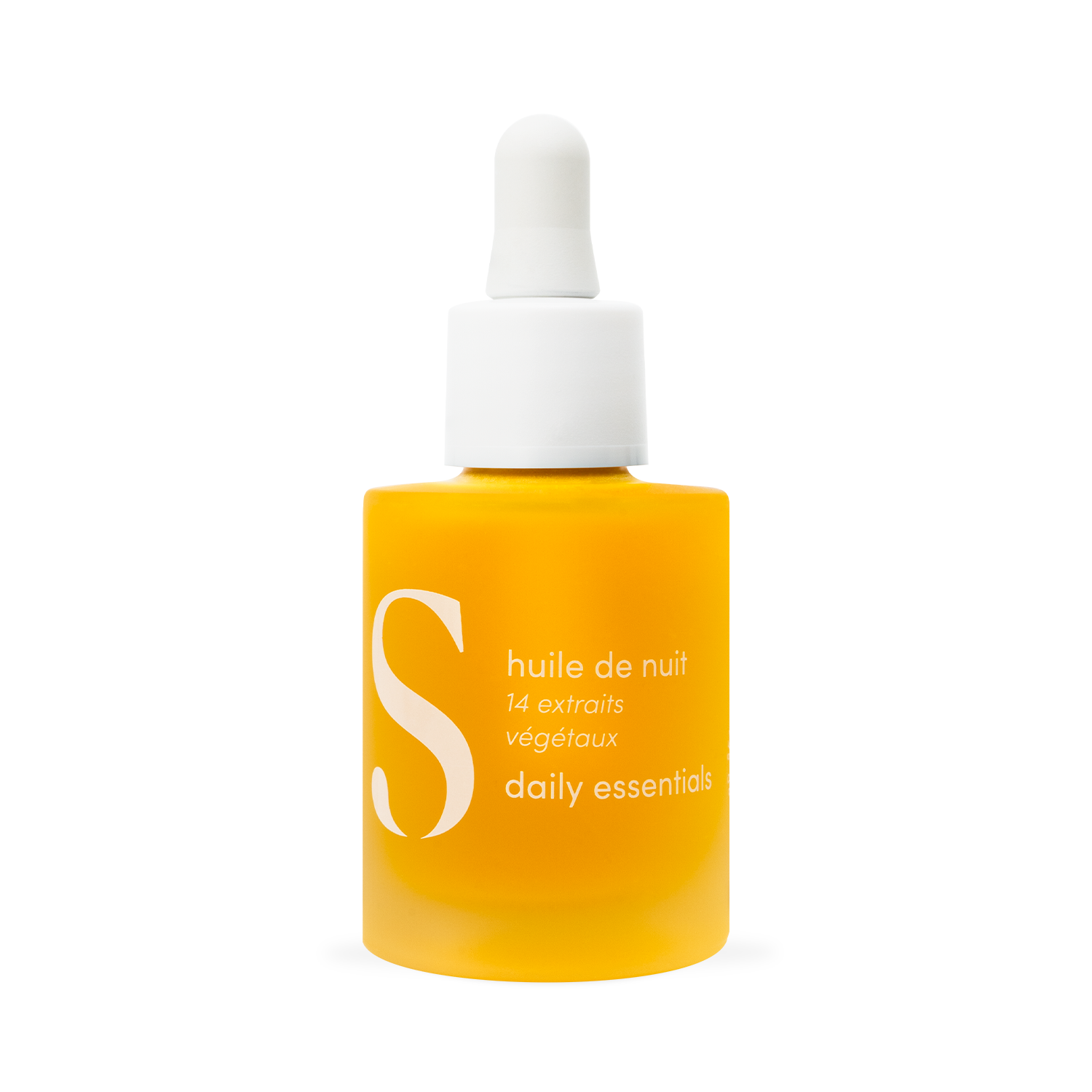Recent or old scars: how to reduce their appearance with the arrival of summer?
Did you know that sun and scars don't mix? This is a fact that many people don't know. In fact, scars can become permanent marks when exposed to the sun.
Even a small scar can be affected. This includes marks left by an acne pimple, chickenpox, a minor scratch or a patch of eczema for example. As soon as there is damage to the skin, it is more likely to become pigmented under the effect of the sun. UV rays can cause a brown spot to appear on the scar. By the end of the summer, your tan will gradually fade, but the brown spot can persist, sometimes forever.
Fortunately, there are methods and tricks to reduce their appearance and fully enjoy the summer. Here are some tips to take care of your scars and make them less visible.
Why do scars show in the sun?
Throughout the healing process, the skin is thinner and more fragile in the area that is healing. When exposed to the sun's UV rays, your damaged skin overreacts to protect itself by producing excess melanin. Melanin is the brown pigment responsible for skin color. So, when there is too much melanin, brown spots appear. This phenomenon is called hyperpigmentation. As you can see, the further your scars are away from the sun, the better they will look.
And what are the different marks and scars?
The simplest way to classify scars is to divide them into flat, atrophic and hypertrophic scars.
Dark spots, also known as post-inflammatory hyperpigmentation, form when inflammation from acne causes an overproduction of melanin, resulting in darker areas on the skin.
Sunken scars, often referred to as atrophic acne scars, form when the skin's healing process is insufficient, leading to skin depression.
Raised, thick, hypertrophic scars, as well as keloids, which have an outgrowth, are due to excessive collagen production during healing, resulting in visible elevations on the skin.
Can a scar be completely removed?
With treatment, scars improve and, in some cases, blend into the skin and become almost imperceptible, but never completely invisible (except through some more "invasive" techniques). If the scars are recent, the use of scar patches is ideal to prevent hypertrophy, proliferation, and to protect them from the sun. They are especially useful in the 6 to 12 months following the injury and should be used daily for at least 6 months.
Complete healing takes about 12 months; this is the time it takes for the skin to be completely repaired. In the early stages (coagulation and inflammation), the wound is red. In the later stages, the wound gradually loses this red color due to inflammation. It is during this phase that cell repair and proliferation take place, which can result in hyperpigmentation or hypertrophic scarring. In the final stage, or maturation phase, the scar becomes stable and free of inflammation.
Are there any solutions that work?
Protecting yourself from the sun is the best thing to do when you have a scar . This helps prevent hyperpigmentation. Ideally, you should protect your scar from the sun for at least the first year after the injury, as this is about the time it takes for it to heal completely. It is essential to use full protection, covering UVA, UVB and visible light.
Another solution: it is also important to hydrate the scar so that it is more elastic and does not shrink, which reduces the risk of hypertrophic scars . It is therefore essential to keep the skin hydrated by using products containing moisturizing ingredients such as aloe vera, glycerin, hyaluronic acid , and polyglutamic acid.
It is also important to repair the damaged skin barrier with care products containing ceramides, niacinamide, fatty acids, etc., and to use care products with anti-inflammatory active ingredients such as vitamin C and azelaic acid. In addition, favor products containing soothing and healing ingredients such as Centella asiatica and panthenol .
Finally, for the most stubborn scars, topical treatments based on exfoliating acids, AHA and PHA, such as peeling masks can be used to reduce their appearance. However, several regular applications will be necessary to obtain visible results.
When the scar is old, if it is flat or atrophic, we can use cell renovators and collagen stimulators, such as vitamin A derivatives (retinol, retinoic acid). As a natural alternative, Bakuchiol can be beneficial, it will help reduce the appearance of scars by promoting cell renewal and improving skin elasticity.




















